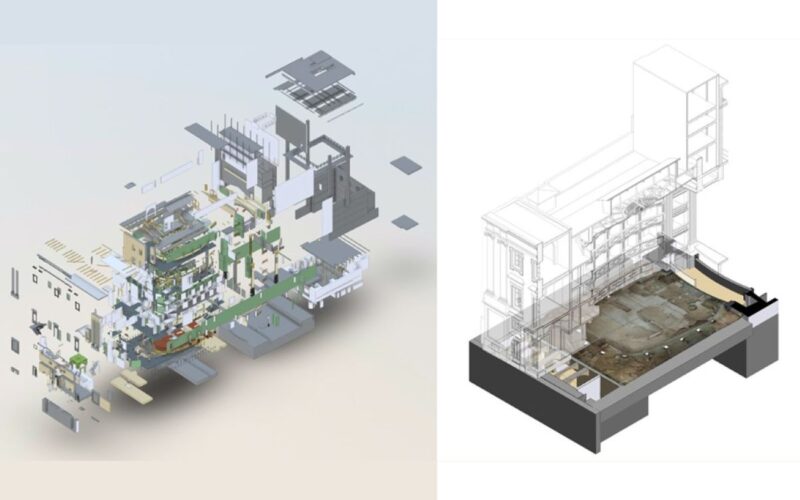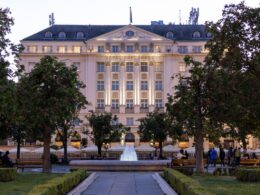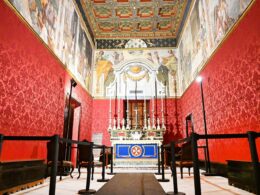Last week’s Ħaġra Festival 2025 presented a curated series of lectures exploring innovative perspectives on architecture, heritage, and sustainability. Held at the St Elmo Examination Centre in Valletta, this included contributions by Jacques Borg Barthet, partner at AP Valletta, and Mireille Tabone architect and researcher.
Borg Barthet’s lecture From Renaissance to Revit showcased AP Valletta’s long-standing commitment to the historic city of Valletta and its layered architectural legacy. Revit is integrated software that engineers and architects use to design buildings and create 3D drawings, a more efficient and advanced process than the traditional blueprints.
In his talk Borg Barthet highlighted a vision of adaptive reuse and sustainable design that merges traditional craftsmanship with modern technologies through the presentation of a selection of projects that span scales and typologies, explaining how for more than thirty years, AP Valletta has played a central role in reimagining and rehabilitating the Maltese architectural landscape. With a design philosophy that values authenticity, social responsibility, and long-term relevance, and a commitment to research, dialogue, and site-specific design, their work ranges from the careful restoration of historic buildings to the thoughtful redesign of underused urban spaces.
Heritage can be reinterpreted through innovation, Borg Barthet explained and furthermore, the built environment can become a living archive of collective memory: the studio’s projects consistently demonstrate how good design can preserve the essence of historic structures while making them relevant for present and future generations. And to do so, they suggest, is a civic duty and a powerful medium for social transformation, and can serve as a cultural catalyst.
A second lecture, presented by Mireille Tabone, addressed “The Myth of Abundance / Water is Heritage”. She documented the evolution of Malta’s water infrastructure, and addressed the socio-environmental implications of water management on the islands.
“Water, water, everywhere, Nor any drop to drink”
From The Rime of the Ancient Mariner by Samuel Taylor Coleridge
Despite being surrounded by sea, the Maltese archipelago has long suffered from a scarcity of natural freshwater, a condition shaped by its limestone terrain, arid valleys, and coastal erosion. Historically, water systems in Malta—such as aqueducts, reservoirs, and, more recently, desalination—have been the product of human intervention and necessity.

Tabone challenged the persistent illusion of water abundance, a misconception reinforced by the omnipresence of the sea. This myth has led to the commodification of marine resources and a delay in freshwater conservation efforts, she argues. By reframing water as a cultural and historical asset, Tabone advocates for sustainable strategies rooted in an understanding of Malta’s past, and in the urgent need to protect this vulnerable resource.
What new, frugal systems of water harnessing and distribution might overcome these challenges of water availability within vernacular tructures?










